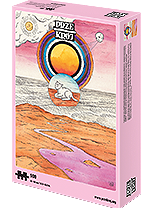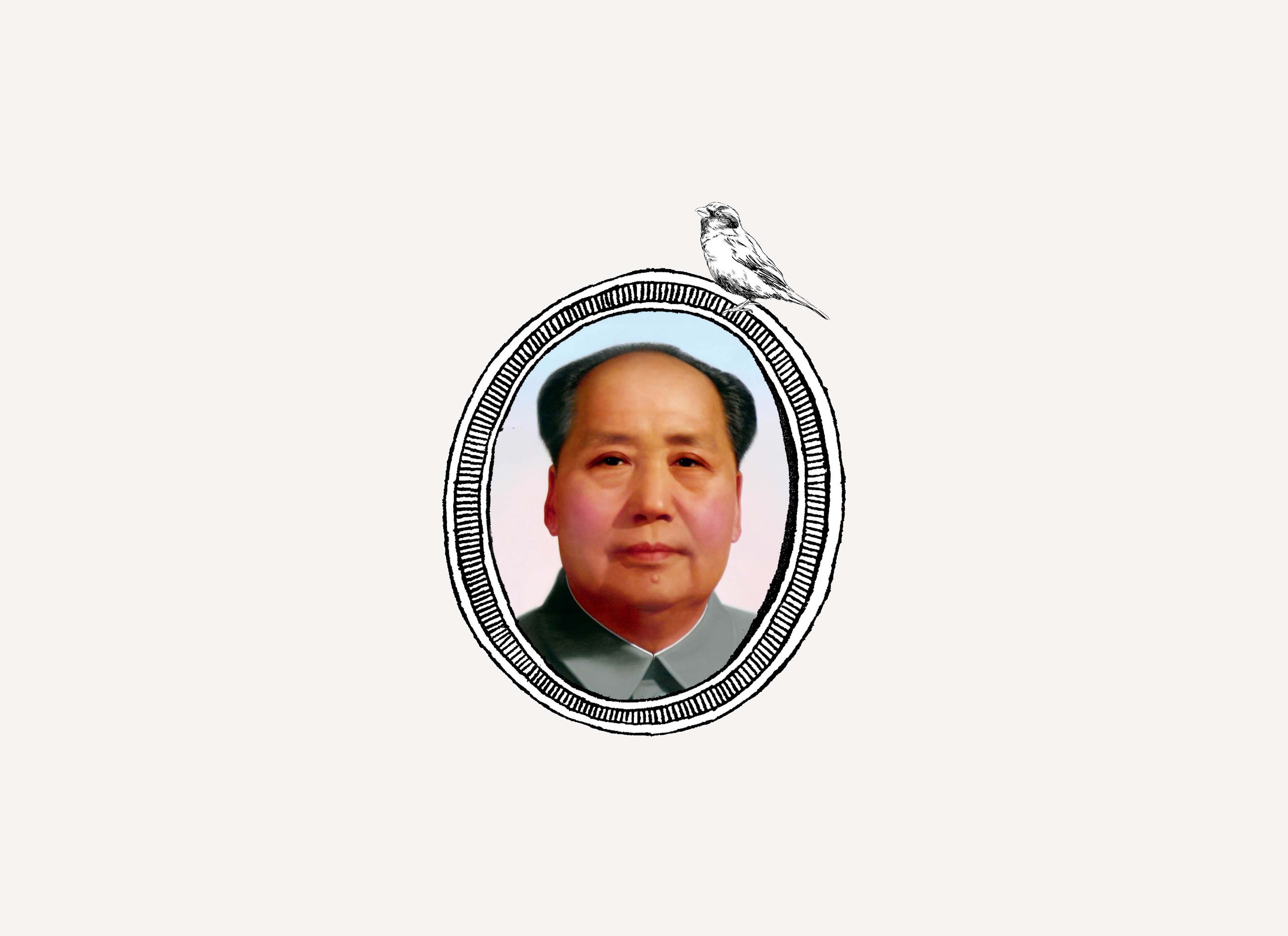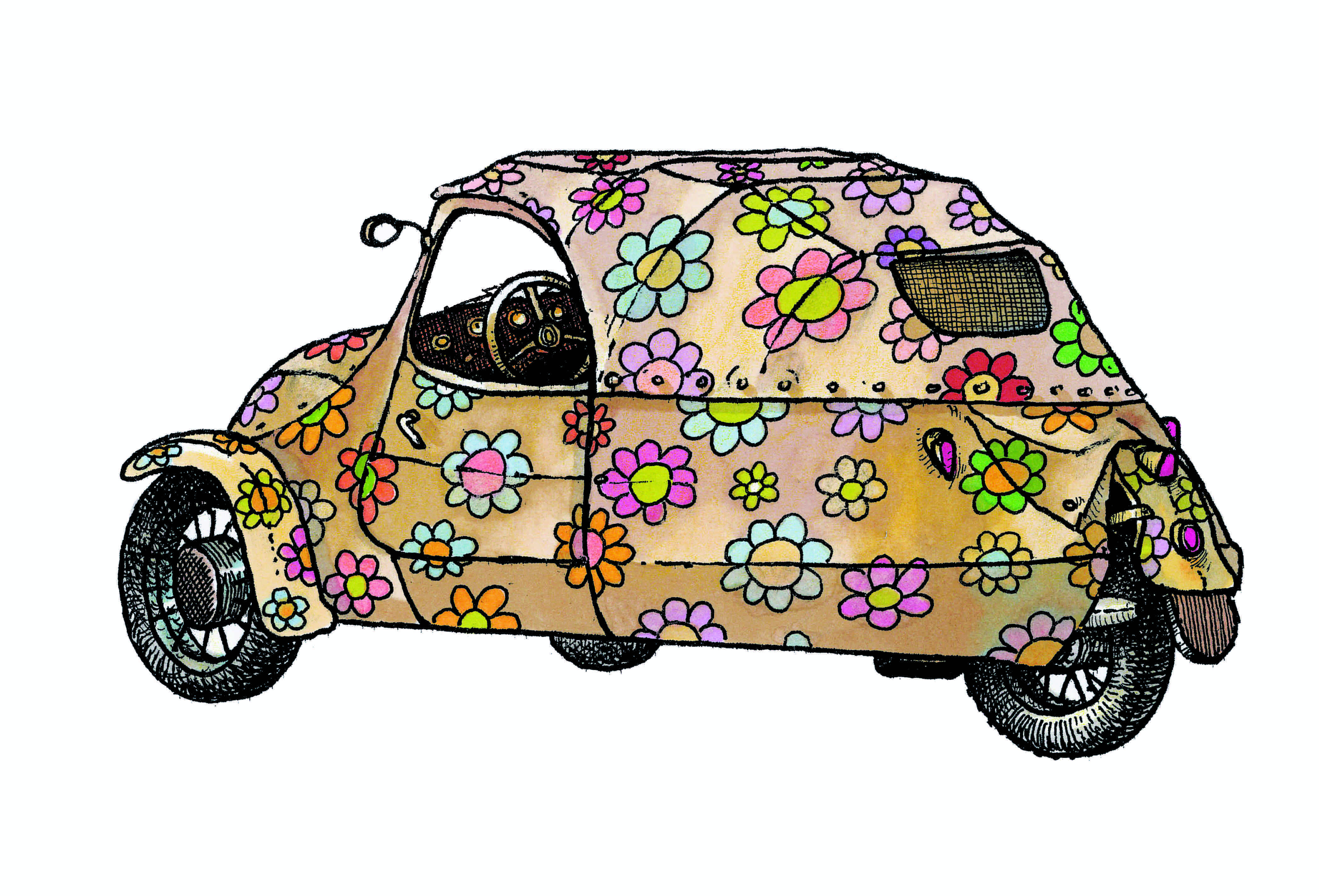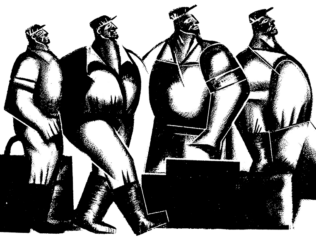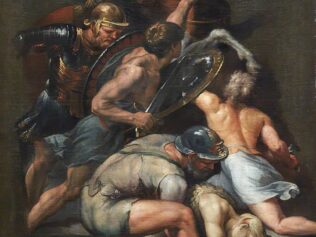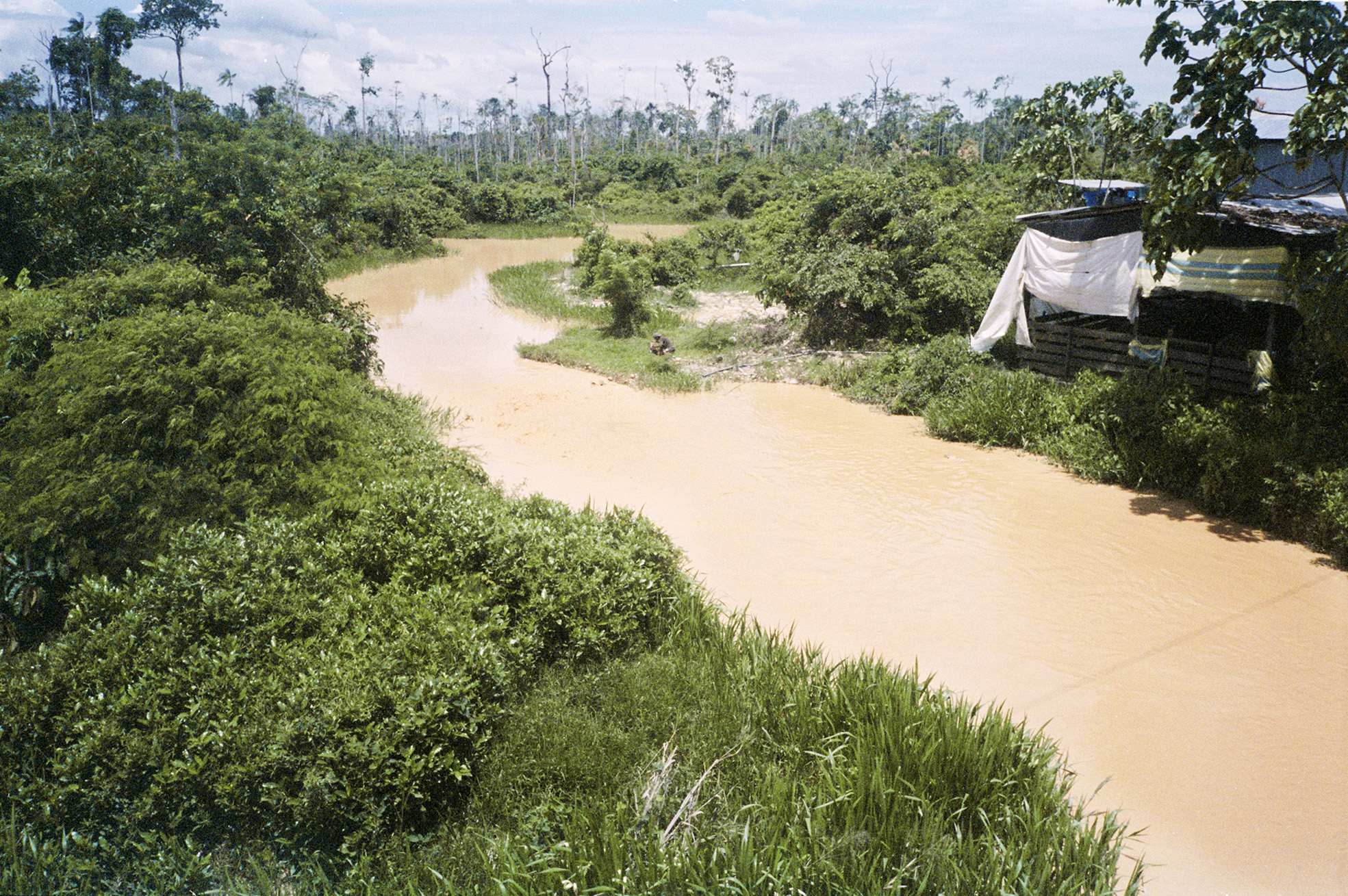
Or, how a dictator’s mindless war on birds unleashed terrible plagues upon China, and why respect for animals is the path to freedom.
The general held his breath when the auditorium suddenly exploded in thunderous laughter. He didn’t know what had so amused those gathered in the hall, just as he was about to start speaking. The unexpected mirth was the fault of a cricket who lived in a small cage of dried gourd, tucked into an inside pocket of the general’s thick coat. Who would have thought that at such an inappropriate moment he would want to sing, and his joyous trills, magnified by the microphone, would ring out through the entire hall? Abashed, the general apologized to the assembly. Forgive me, comrades, that I allowed myself to be tempted by this ‘small amusement’.
This story is told by the outstanding Italian reporter and writer Tiziano Terzani in his book on China, Behind the Forbidden Door. He doesn’t tell us who the general was, or when the incident happened. But it’s easy to guess that it was after the death of Mao Zedong, when the song of crickets could once again be heard in the Middle Kingdom. During the times of darkness, terror and misfortune to which the Great Helmsman had reduced his country, their joyful chirps were drowned out by a sinister banging on drums, pots and gongs. This was the sound of the war that Mao declared on the sparrows.
Dropping like flies
It started in 1958, ten years after Mao declared the creation of the People’s Republic of China on Tiananmen Square (the Square of the Gate of Heavenly Peace). The Chinese Civil War had passed into history, but that didn’t mean that the enemy had been beaten. Mao wanted to outdo the whole world – not just the West, but the Soviet sphere too. He believed that China’s greatest advantage lay in its workforce of hundreds of millions. Mobilization of the masses was to create a socialist miracle. “He wanted to show to the world that China can do better than the Soviet Union, so killing sparrows was one of the grand strategies of Mao Zedong to build Chinese socialism,” says Peter Li, who researches Chinese politics and animal rights at the University of Houston-Downtown. “The Chinese Communists, led by Mao Zedong, strongly believed that people can conquer nature. So nature is something to be conquered. Nature is something to be utilized for human benefit.”
One witness to the beginning of the campaign in Beijing was the Soviet scientist Mikhail Klochko, whose reminiscences are reproduced by Dutch historian Frank Dikötter in his book Mao’s Great Famine. The Russian initially didn’t understand what was going on when he was awakened by the crashing of drums and the terrible shouts of a woman running around the roof of a building attached to his hotel. The hotel staff soon joined in – from housekeepers to bellhops to official translators. Children also took part, using slingshots and stones. They beat on whatever came to hand, and the frightened sparrows flew around like mad, until they ran out of breath; until one after another they fell to the ground, dead. The campaign lasted three days. Killing sparrows required cooperation, determination and coordination in time. The mobilized people, working together, changed into a horrible monster: the scourge of the birds.
Sparrows were a target because Mao believed that they ate grain, depriving people of the fruit of their work. Thus, alongside rats, mosquitoes and flies, they found their way onto the list of the four plagues that the Great Helmsman swore to eradicate. Everyone killed them, even children of a few years old. The more birds you murdered, the greater a hero and patriot you were. Pictures have been preserved showing people with bunches of dead sparrows, waiting in long lines leading to the desk of a bureaucrat, who recorded the service of the obedient people in a thick ledger. Other pictures show lorries filled with dead birds. A film has survived depicting a huge pile of bird corpses on Tiananmen Square. We still don’t know how many sparrows died in those days – to get an idea of the scale of the campaign, we can only rely on fragmentary data. Dikötter writes that: “Shanghai thus triumphantly reported that it had eliminated […] 1,367,440 sparrows in one of their periodic wars against all pests…” The birds were almost completely wiped out. For many years after, they were almost unseen.
The fight against crickets
“There is a new war: we must open fire on nature,” Mao declared when announcing the Great Leap Forward. Nature was the enemy. It existed so that man could conquer it and force it into complete submission. The world was to be reshaped according to Mao’s orders and his will; nature was to bow to its new creator, abasing itself before him. Enmity toward nature rang out strongly in the Great Helmsman’s policies, echoing loudly in the propagandistic art of those years. “If you look at some of the poetry and songs from that period, he talks about making the rivers flow uphill, making the mountains bow their heads, making war on the earth,” says Judith Shapiro, author of Mao’s War against Nature. People of Mao’s era completely separated themselves from nature, ceasing to be a part of it, becoming its lords and masters. Thus did the Great Helmsman tear the Chinese soul from the embrace of Buddhist and Deistic thought, which made of people and animals entities eternally bound together by a common fate, sealed by the cycle of rebirth. Faith in reincarnation allowed people to be born in the bodies of animals, and animals to return to Earth in human flesh.
“There’s a tradition of going to the market and purchasing an animal intended to be eaten, and then releasing it – that tradition was before Mao, and then again after Mao,” Shapiro says, explaining that in this way people sought to ensure themselves better karma. Terzani, meanwhile, refers in his book to a popular legend, handed down from generation to generation, of a boy who committed suicide so that he could be reborn as a cricket, thus saving his father from danger. The Italian reporter also writes about ‘gladiator crickets’, as the insects were called who were trained for fights – an amusement popular in the Middle Kingdom. Many Chinese believe that these champion crickets are incarnations of national heroes from the past. Until Mao arrived, in almost every Chinese home there stood a wicker basket with a bottle of warm water, around which the cold crickets would gather in the winter, and bamboo cages in various shapes – shrines, boats, towers – in which the insects were kept in the summer. This custom slowly began to return to China in the 1980s, after Mao’s death. But before the thaw came, the Chinese still had to face the horror of the Great Famine and the terror of the Cultural Revolution.
Pride punished
Mao wanted to bring nature under his control, because he had no regard for the laws that rule the world of nature. “He didn’t believe in science,” says Li. “He was anti-intellectual.” Mao didn’t listen when scientists, alarmed, explained to him what sparrows actually fed on. The awakening came too late, when, as Dikötter describes, “swarms of locusts would obscure the sky and cover the countryside under a bristling blanket, devouring the crop”. Only then did the authorities realize that birds also eat bugs. The almost complete elimination of the sparrows meant that insects began to reproduce at an incredible pace, destroying crops. Dikötter writes that around Nanjing, insects destroyed 60% of the fields after a fierce battle with the sparrows. In the Jingzhou region, locusts devoured 15% of the rice crop; in Yichang, half of the cotton fell victim to them. Many other kinds of harmful species also began to develop: weevils, cicadas, cotton pests and spider mites. The problem was exacerbated by the lack of insecticides, which had been used up in the fight against the first signs of famine. Desperate farmers seeking food had put chemicals into ponds and lakes to kill off wild animals. It was a drastic time for people, but also for nature.
This pride was punished. Nature took revenge on Mao for all the cruelties he had perpetrated on it. To the violation of the delicate balance between people and their environment, it responded with a hecatomb. A great famine broke out, counted today as the largest man-made catastrophe in history. It still hasn’t been possible to establish the number of victims of this tragedy. The official data speak of 15 million, while Dikötter believes 45 million people died.
It was an agonizing death. Desperate people ate mud, which later turned to concrete in their intestines, Dikötter recounts. During those three dark years, there were thousands of cases of cannibalism. Chinese historian Yang Jisheng describes how people didn’t bury their loved ones, but kept their bodies at home, so that they could continue drawing their food rations. The corpses were eaten by mice, and in extreme cases they provided nourishment to the hungry families. Yang also tells the story of how residents of Gansu province lay in wait for travellers, later eating them. And there were cases of parents who ate their own children. “Terrible. Too terrible,” the historian said in an interview with The Guardian. His book, Tombstone: The Untold Story of Mao’s Great Famine, was banned in China. This is no surprise, as the Great Famine remains a taboo in the Middle Kingdom, even today. The authorities describe this tragic chapter of history as a three-year natural disaster, or three years of hardship.
The children’s crusade
The sparrow-killing campaign contributed to the Great Famine and multiplied the enormity of the despair, death and unhappiness brought to communist China by its founder. Li says it also crippled the Chinese soul, which can be seen in the cruel years of the Cultural Revolution.
The war against sparrows was conducted by legions of small children, armed with slingshots and stones. It was an adventure and a game. Boys and girls killed with unparalleled fierceness. Whoever killed the most became a hero. “When you lose sympathy for an animal, for a bird, in the future you develop into someone who loses sympathy for people you consider to be enemies of the state,” Li says. “These young kids who brutally killed the sparrows became Mao’s Red Guards: they beat up their teachers, they beat up their parents, they smashed buildings, they destroyed temples, they humiliated monks and nuns. The moral consequences were tremendous.”
Li calls to mind a scholar during the Cultural Revolution who was suspected by the communist authorities of incorrect thought. One day the Red Guards burst into his home. When they saw the professor’s cat lying on the couch, one of the guards picked the animal up and before its owner’s eyes hurled it with all his might to the concrete floor. Aghast, the professor could only whisper: “But why?” The answer was simple. In the new communist China, there was no place for bourgeois luxuries; for ‘small amusements’, egoistical fun, which didn’t contribute to the building of the great China and the great Chinese nation. Animals – dogs, cats, birds, goldfish – were accused of being ‘parasites’, whose existence the new morality could not tolerate.
This hostile relationship with animals was part of a strategy of condemning all behaviours that the party determined un-socialist; not in keeping with the revolutionary spirit. The list also included perfume, shoes with heels, make-up (particularly lipstick) and planting flowers. Other victims of the fanatical fever included walls, gates, triumphal arches, shrines, palaces and gardens. “Every day, under the remorseless chopping of the pickaxes, under the thrusts of the excavators, another part of the eternal Beijing disappeared,” Terzani writes. The reporter describes how during the Cultural Revolution, the last remnants of the capital’s defensive walls were destroyed. Brigades of intellectuals held captive by the Red Guards were assigned to this task. “With every blow of the pick it seemed to me that I was committing cultural suicide,” one history professor told Terzani years later. “But back then, if the Red Guards had told me to demolish the Forbidden City, I would have done so without hesitating. What sense did it make to preserve one or two monuments when the whole country was being demolished?”
Mao wanted to destroy the old world, where there was space for ‘small amusements’; where beauty had the right to exist simply to please the human eye. A world where humans were a part of nature, drawing from it wisdom, science and inspiration, and where the song of crickets, as Mandarin aristocrat Tun Lichen wrote in 1900, “seemed to be a voice from heaven, a sound created there for people, so they would have joy and pleasure.” Upon the rubble of the old was to arise a socialist utopia built by the mobilized people’s hundreds of millions of hands. The mighty city walls crumbled to small fragments, shrines turned into factories, sparrows deafened by banging on drums fell from the heavens. People died of hunger. Later, children sent their own parents to their death. History, tradition, science, nature and beauty were to bow obediently before the Great Helmsman.
A sensitive generation
Mao died in 1976. One of the new leaders’ first strategic decisions was to restrain galloping population growth with the introduction of the one-child policy. Deng Xiaoping took the helm, opening China to the world and exchanging Mao’s ideology for a single commandment: “To get rich is glorious.” Pets ceased to be a symbol of bourgeois decadence. Luxury was no longer a sin. Excess was a sign not of moral turpitude, but of success. Children who were born in the Deng Xiaoping era grew up in relative prosperity, but often as only children because of the government’s one-child policy, Li explains. Those two circumstances meant that pet dogs and cats became emotional companions, he says. It is precisely these children who grew into the first generation of Chinese activists fighting for animal rights – the young people who stop lorries on the highway that are carrying dogs to be slaughtered.
The most spectacular such protest happened in August 2014, on the Beijing-Harbin highway. A lorry carrying 400 dogs to Jilin, a centre of the dog-meat trade, was stopped by a group of 30 people. While the driver was in a shoving match with the activists, other lorries carrying dogs destined for slaughter also began to arrive. That day the protesters managed to rescue almost 2500 dogs. Young people in China are also fighting to ban a culinary festival in Yulin that kills about 10,000 dogs and cats every year. There are more and more such initiatives in the Middle Kingdom, and they enjoy increasing respect from society. “This is a new, much more sensitive generation,” Li says. “They show sympathy, and aren’t indifferent to the suffering of animals, or of people, especially those who are harmed the most: the disabled, poor migrant workers from the provinces, persecuted religious minorities.” Li wonders whether this generation is the hope for political change in China.
The 70-year history of the People’s Republic of China is also a dramatic story about how the relationship between humans and nature intertwines with politics. Refusal to consent to harming weaker beings isn’t priced into authoritarian systems. Because it happens that reflection on a better fate for animals betrays dreams about a free society. This is certainly how we can read the words of a Chinese sage and calligrapher, who fought against the cruel tradition of keeping birds in cages, and more than 900 years ago wrote: “People, I implore you, don’t keep birds in cages, because birds belong to the heavens. If you truly love birds, plant trees around your house, and then they will come to you on their own to live with you.”
I used the following sources:
Frank Dikötter. Mao’s Great Famine: The History of China’s Most Devastating Catastrophe, 1958-62. London: Bloomsbury, 2010.
Tiziano Terzani. Behind the Forbidden Door. Allen & Unwin, 1986.
Translation from the Polish by Nathaniel Espino

